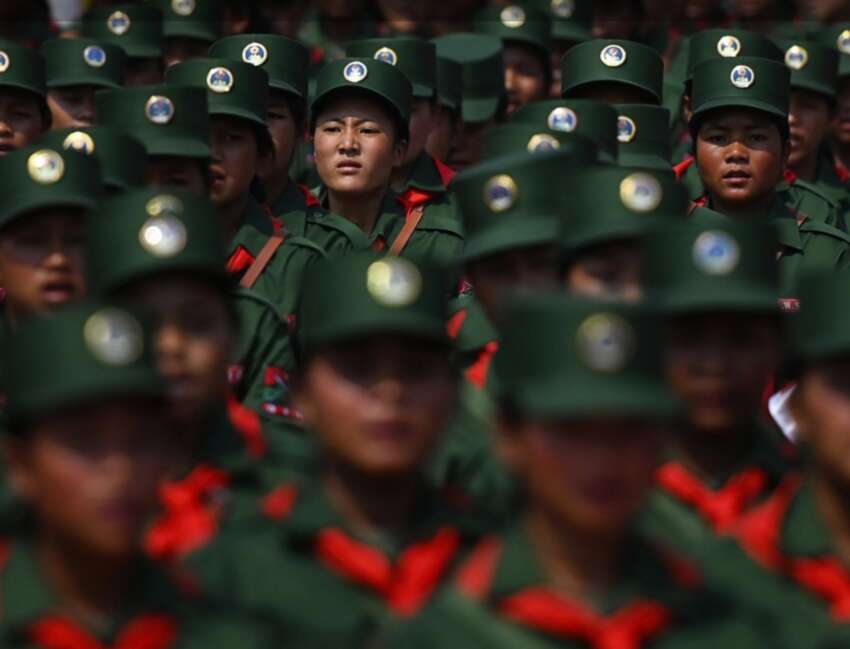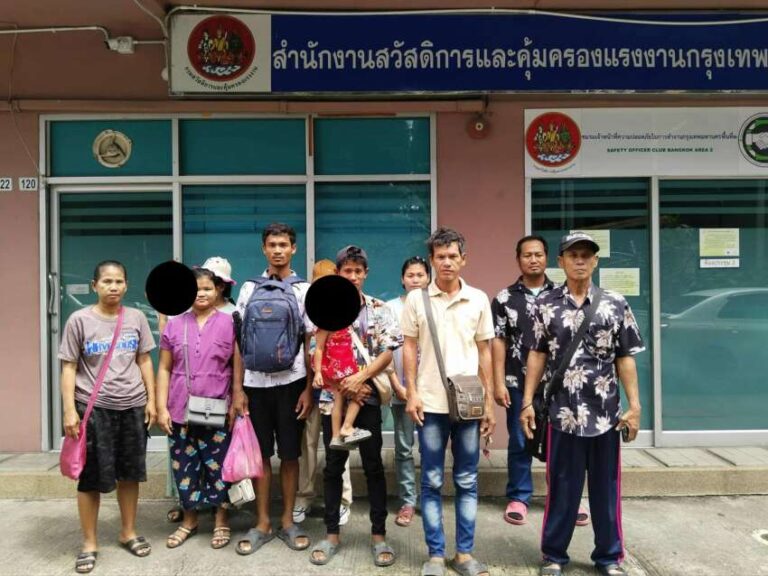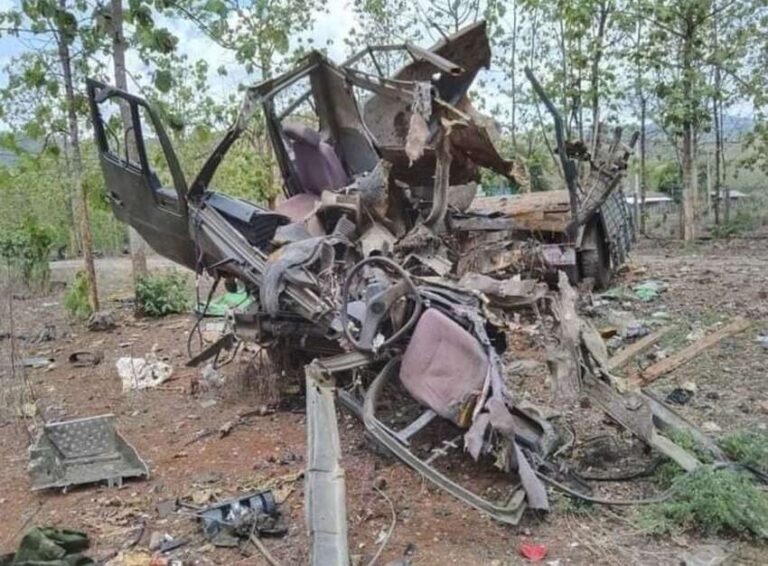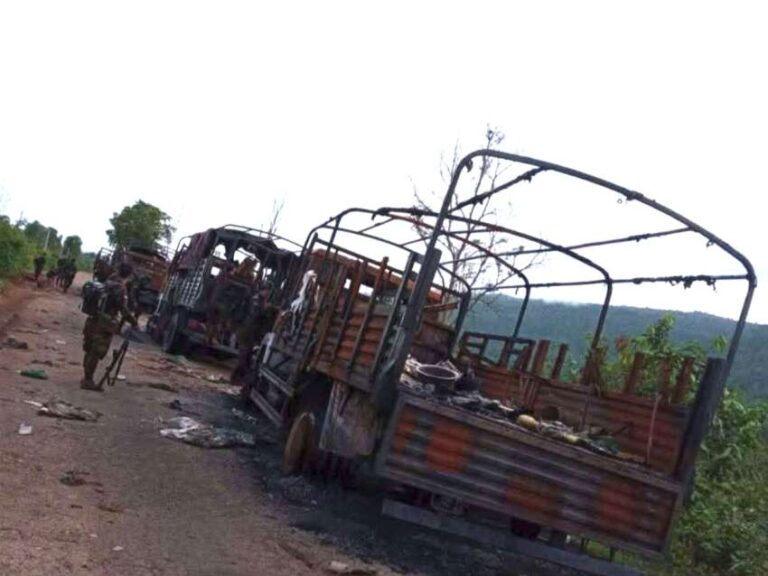
According to a report released by the Shan Human Rights Foundation, the United Wa State Army (UWSA) has significantly expanded its rare earth mining operations in the Mong Pauk region near the Myanmar-China border in northern Shan State. Recent satellite imagery reveals that mining operations in the Mong Pauk area have increased approximately eightfold compared to 2015, raising serious concerns about potential contamination of local water resources.
While there were only three rare earth mines in the Mong Pauk area in 2015, satellite images from February 2025 show the proliferation of over twenty-six mining sites along the hillsides south of the town. Three of these mining operations are located approximately three to four kilometers from the town. The distinctive circular processing pools arranged in the mining areas mirror the pattern seen in rare earth mining operations in Kachin State, indicating the use of in-situ leaching methods. This mining technique involves injecting chemical solutions through pipes into hillsides to extract rare earth elements, followed by additional chemical processing in pools to separate the minerals.
The Shan Human Rights Foundation warns that the chemical processes used in rare earth extraction pose severe environmental risks, potentially contaminating both surface and groundwater resources and threatening the health and livelihoods of local residents. Of particular concern is a mining operation that began after 2022, located three kilometers south of Mong Pauk town near the Phai Stream, which flows through agricultural lands. The proximity of this mining operation to water sources that serve the town’s population raises significant health concerns for thousands of residents. The situation became particularly alarming during the September 2024 Typhoon Yagi, when unprecedented flooding submerged the town under three feet of potentially contaminated water from surrounding mining areas, taking three days to recede.



